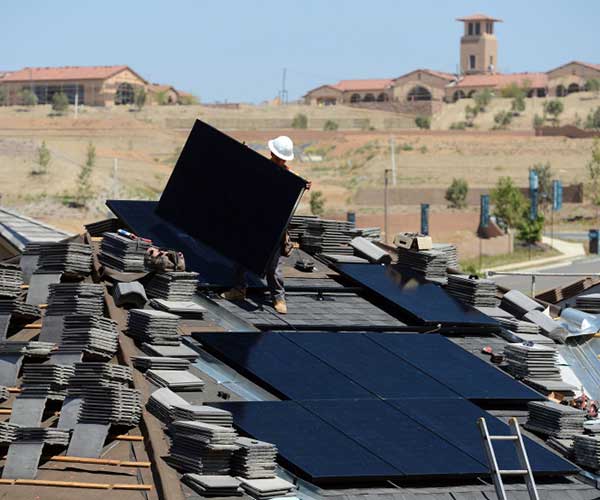Today’s electric grid is energized by power lines that deliver electricity across long distances from enormous power plants — many of which exacerbate climate change by using harmful fossil fuels. More than 70 percent of America’s transmission lines and large power transformers are at least 25 years old. They were not built to withstand today’s extreme, climate-affected weather.
California has adopted forward-looking policies and regulations aimed at creating a more locally powered and efficient electricity grid, which does not depend on big, polluting power plants. As a result, hundreds of thousands of Californians have made the choice to install solar panels, and many are now adding home batteries. California has already made the up-front investment; now the state should double down with policies that further unlock the potential for Californians to produce their own electricity and provide a more reliable, cleaner and affordable energy system for all residents.
Delivering electricity over long distances requires high-voltage power lines that can spark if they come in contact with each other or with dry vegetation. Utilities across California are taking an important safety step by proactively turning off power in communities at risk of wildfire. In all likelihood, these planned outages will only become more frequent.
It is time to adopt regulations that encourage the installation of more rooftop solar and batteries inside cities and towns and at critical public facilities, such as schools, hospitals and community centers. By doing so, local clean energy can support essential services by helping utilities and first responders focus on the most vulnerable populations in times of crisis.









Comments